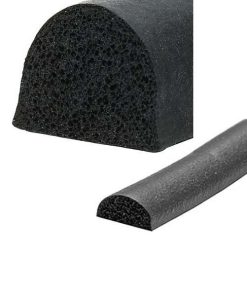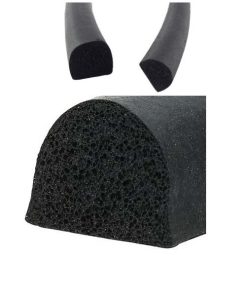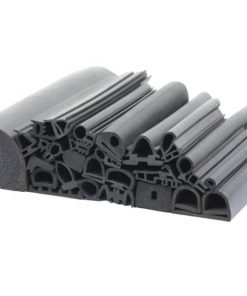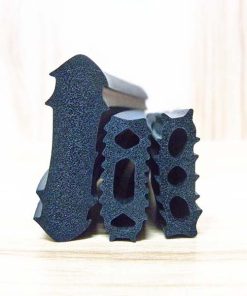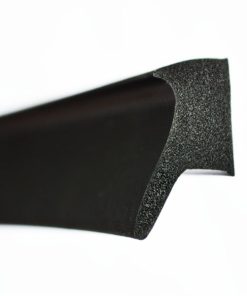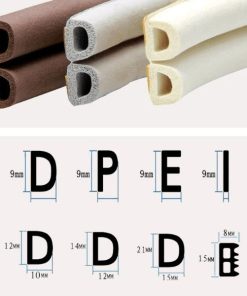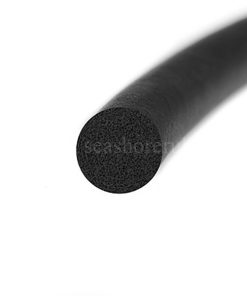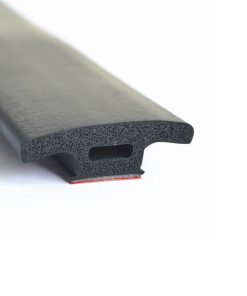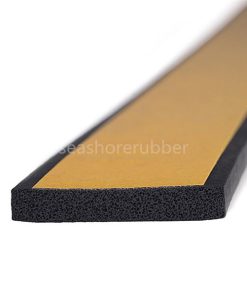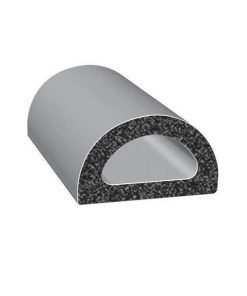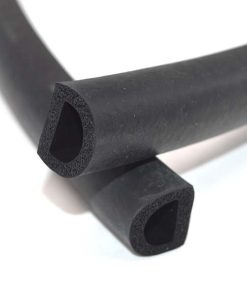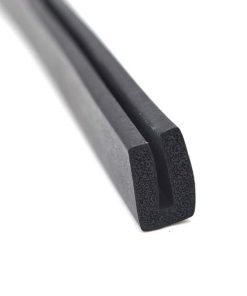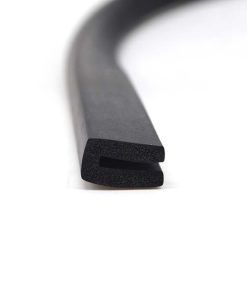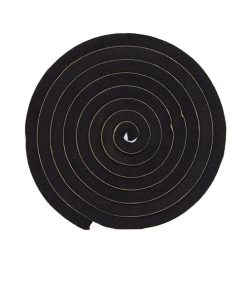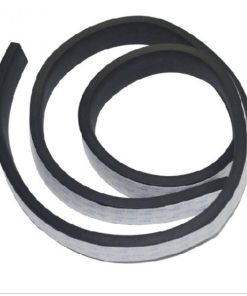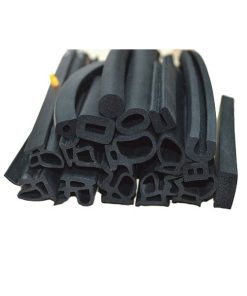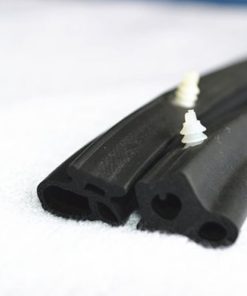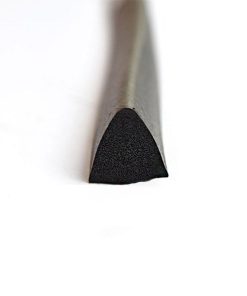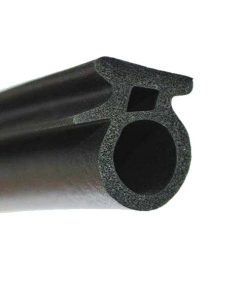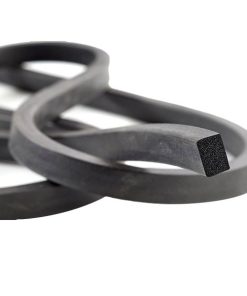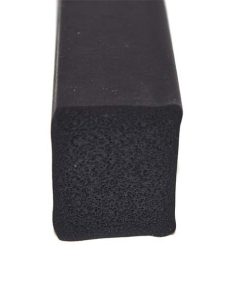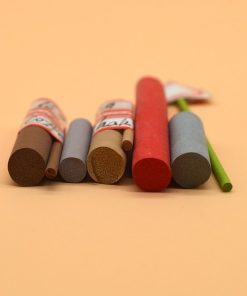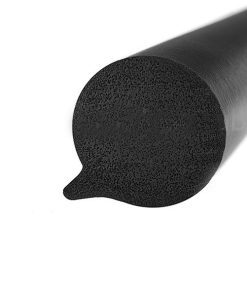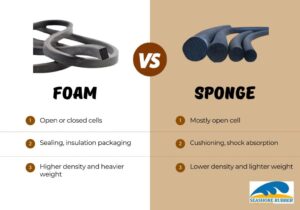Key Features of Foam/Sponge Rubber Extrusion
Cellular Structure
Foam/sponge rubber extrusion creates a cellular structure with interconnected air or gas-filled cells. It can provide cushioning, flexibility, and compressibility.
Customizable Density And Hardness
Excellent Compression And Recovery
Foam/sponge rubber exhibits excellent compression and recovery properties. So it can compress under pressure and quickly regain its original shape after release.
Thermal And Acoustic Insulation
Foam/sponge rubber profiles offer inherent thermal and acoustic insulation properties. It can reduce heat transfer and sound transmission.
Flexibility And Conformability
Foam/sponge rubber profiles are highly flexible and conform to irregular surfaces or contours. It can ensure proper fit and sealing.
Resistance to Moisture And Chemicals
Foam/sponge rubber exhibits resistance to moisture, water absorption, and certain chemicals. It is suitable for humid or wet environments and contact with certain substances.

